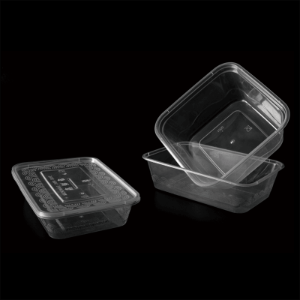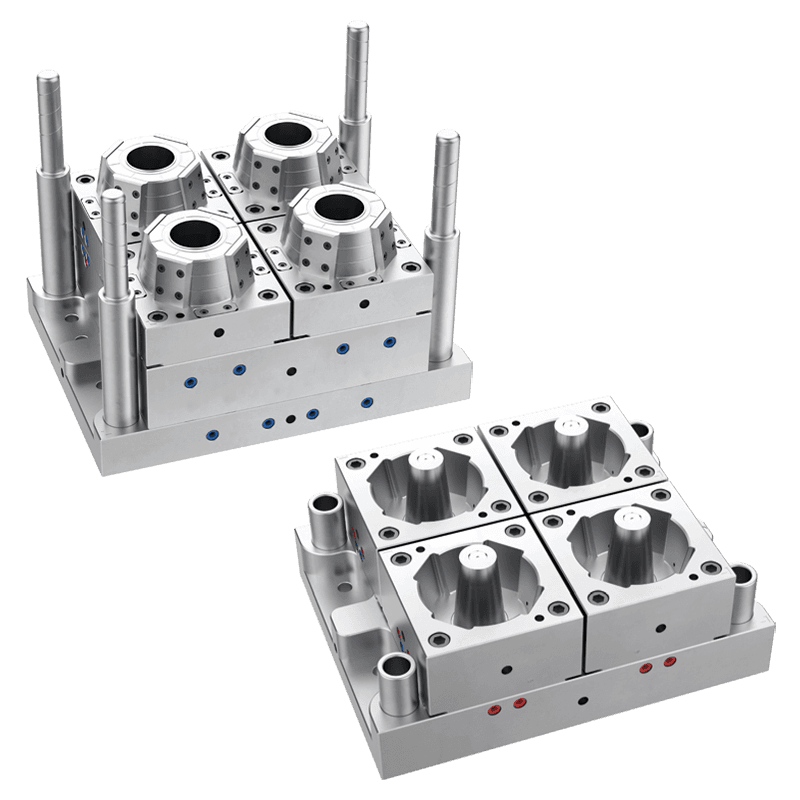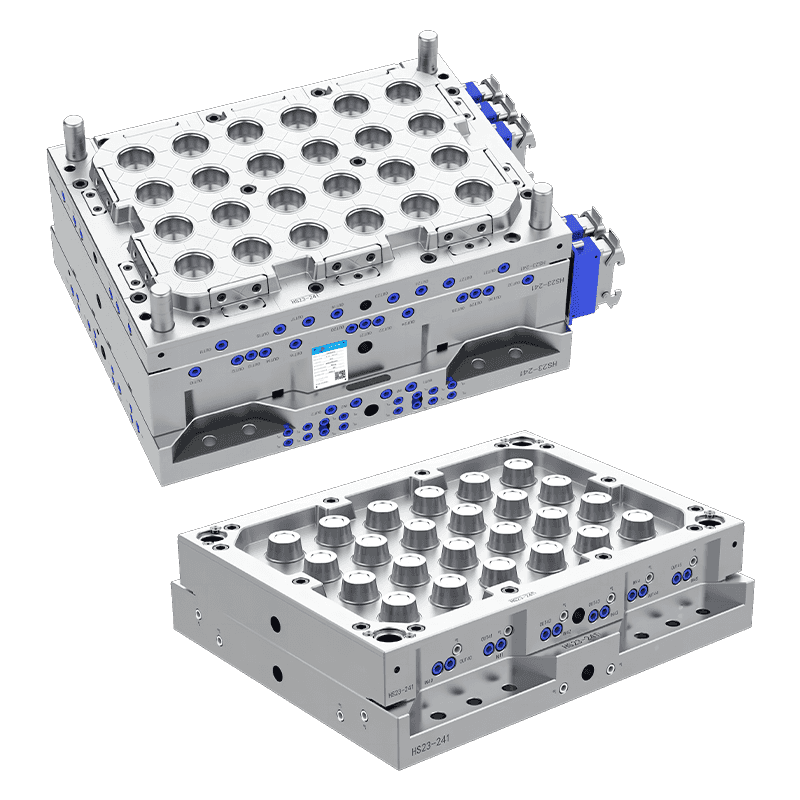What Is a Thin Wall Food Container Mould?
Thin wall food containers are widely used in takeout packaging, supermarkets, and household food storage. These lightweight plastic containers must be produced efficiently while maintaining strength and hygiene. The tool enabling this production at scale is the thin wall food container mould.

1. Definition and Purpose
1.1 What Is a Thin Wall Food Container Mould?
A thin wall food container mould is a precision injection mould used to produce plastic containers with relatively thin walls, usually below 1 mm to around 0.6 mm depending on size. The mould shapes molten plastic into containers such as takeaway boxes, yogurt cups, and deli packaging. Due to the thinness of the product, the mould must withstand higher injection speeds and pressures than standard injection moulds.
1.2 Why Thin Wall Design Matters
A thin wall design reduces material usage and makes containers lighter, contributing to lower production and transportation costs. In real-life applications, restaurants rely on thin wall containers for efficient food packaging, and retail stores prefer them because they stack well and save shelf space.
2. Structural and Technical Features
2.1 Multi-Cavity Configuration
To meet high market demand, thin wall moulds typically include multiple cavities, producing several containers per injection cycle. For example, a packaging manufacturer supplying supermarkets may run moulds with 4, 8, or 16 cavities to maintain large-volume production.
2.2 High-Speed Cooling System
Cooling efficiency is critical. Thin wall products solidify quickly but must cool uniformly to avoid warping. Therefore, these moulds feature optimized cooling channels. Faster cooling shortens cycle times, keeping production throughput competitive.
2.3 Durable Steel Materials
The mould body usually uses wear-resistant steel such as hardened tool steel or stainless steel. Thin wall injection involves high pressure, so the cavity shape must resist deformation. A mould with insufficient strength could reduce product quality or fail prematurely.
2.4 Precision Surface and Ejection Design
Smooth mould surfaces and well-designed ejection systems help remove containers without damage. A poorly designed ejection pin could dent fragile walls, product waste.
3. Manufacturing Process and Production Requirements
3.1 High Injection Speed and Pressure
Thin wall moulding requires rapid plastic flow. Injection machines often operate with high pressures to ensure molten resin fills the entire cavity before cooling. Food-grade polypropylene is commonly used because it is lightweight, safe for contact with food, and recyclable.
3.2 Short Cycle Times
One real-life example is a packaging factory supplying salad containers to supermarkets. Each production cycle may take only a few seconds, allowing thousands of containers to be created per hour. The mould design plays a major role in achieving this speed.
3.3 Quality Control
Manufacturers check for consistent thickness, strong locking edges, and accurate lid fit. If a lid does not fit properly, food storage or transport may be compromised. Good moulds help ensure reliability throughout mass production.
4. Applications and Market Demand
4.1 Food Packaging Industry
Thin wall containers are essential in takeout services, fast-food packaging, and refrigerated food storage. For example, noodle shops often use lightweight containers to reduce handling effort and transportation costs.
4.2 Retail and Household Storage
Supermarket fruit and pre-prepared meals use thin wall containers that consumers reuse at home. This multipurpose role contributes to steady demand.
4.3 Industrial Logistics
While less common, industries sometimes use thin wall containers for organizing small components in warehouses, benefiting from their light weight and stackability.
5. Maintenance and Service Life
5.1 Regular Cleaning and Surface Care
Residue or dust inside mould cavities can affect surface finish. Packaging factories may clean moulds daily, especially when producing transparent containers where slight defects are noticeable.
5.2 Lubrication and Component Replacement
Moving parts such as sliders and ejector pins require lubrication to maintain smooth operation. Over time, high stress may cause wear on cavity edges, requiring re-polishing or part replacement.
5.3 Preventive Maintenance
Scheduled inspections help detect problems such as cooling channel blockage. Consistent maintenance supports stable production and reduces downtime.
Contact Us
Email: [email protected]; Or fill out the contact form below.

 English
English 中文简体
中文简体 русский
русский Español
Español Français
Français




